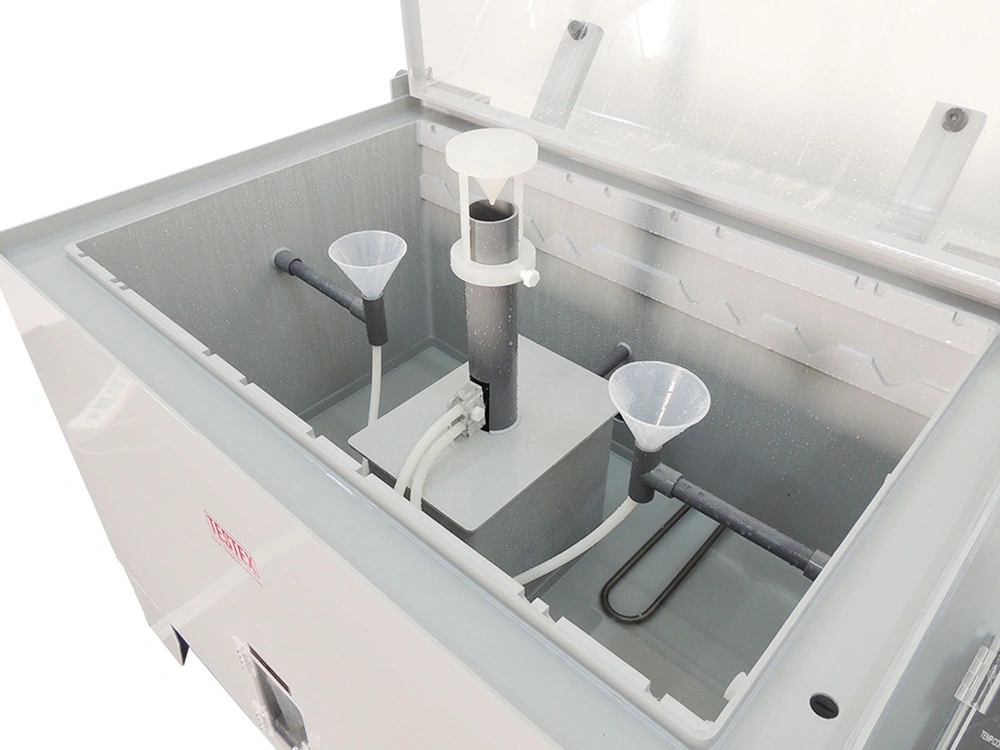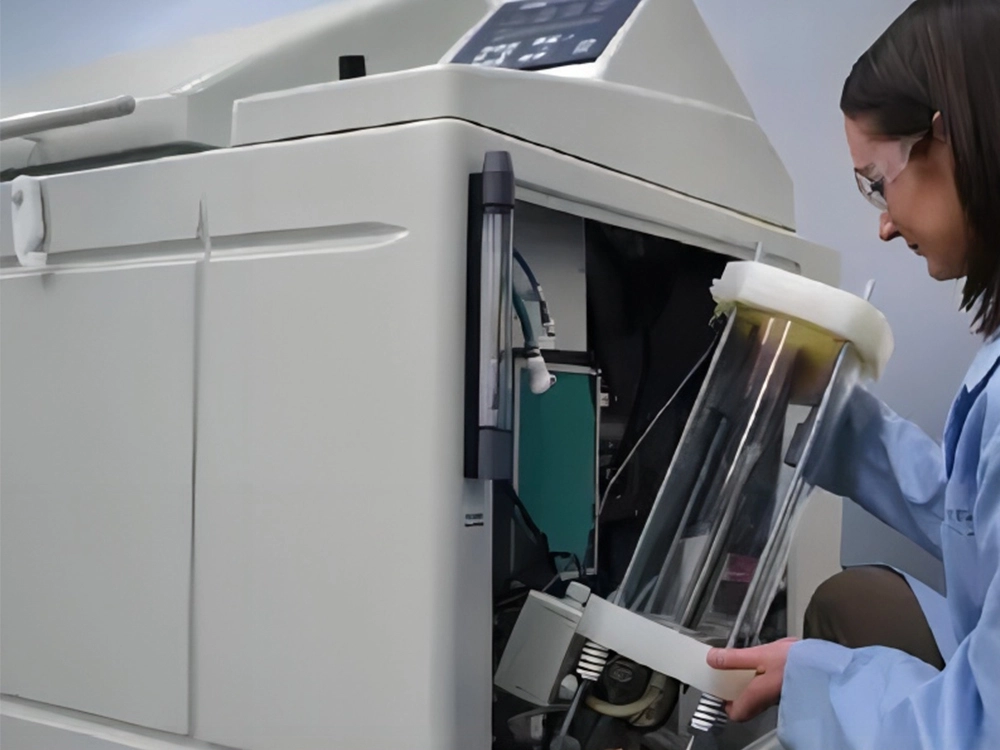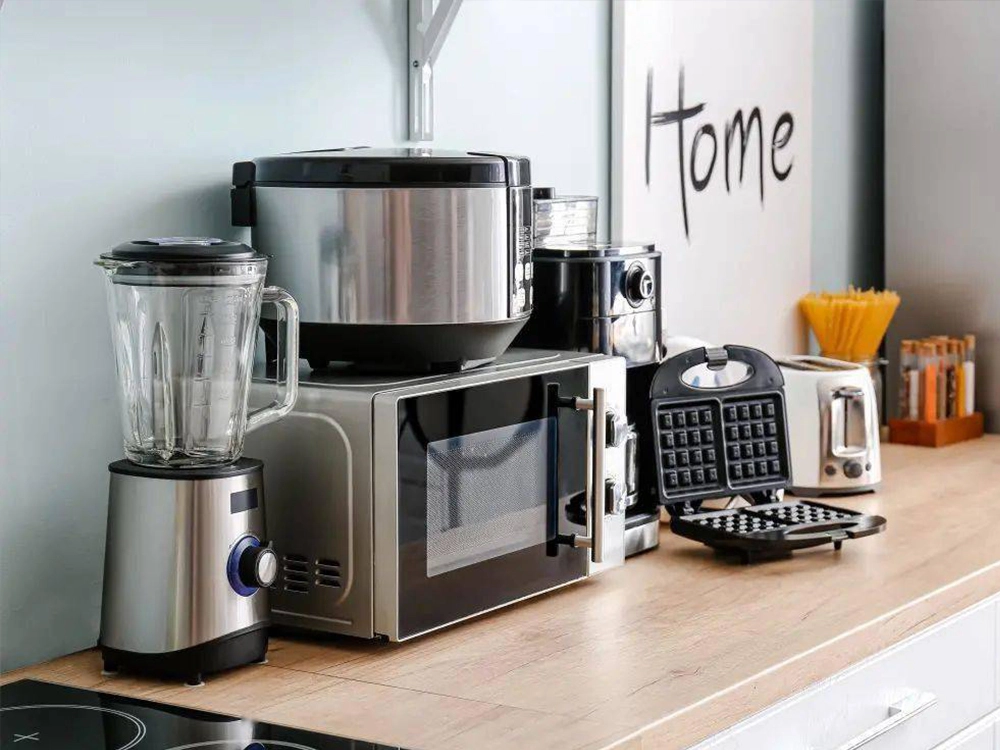Salt is one of the most common compounds in life. Salt can form a salt spray environment when it enters tiny droplets in the atmosphere.
Completely avoiding exposure to salt spray is not possible. High concentrations of sodium chloride in salt spray break down into Na+ ions and Cl- ions. They react chemically with metallic materials to produce strongly acidic metal salts. Metal ions are reduced to more stable metal oxides when they encounter oxygen. This causes the metal or coating to corrode, rust, and blister. Thus, corrosion damages components, blocking the moving parts of mechanical components. This can lead to component failure and short-circuiting of printed circuit boards.
If you want to avoid this? We’d have to mention salt spray testing. Testing the corrosion resistance of samples is often done using salt spray testing.
Definition of salt spray test
Salt spray testing tests a product’s resistance to salt spray corrosion. Product quality is judged based on salt spray testing results. Whether the verdict was reasonably correct. It is important to rate the quality of products against salt spray corrosion.
The salt spray test is an artificially accelerated corrosion resistance test method. It involves atomizing salt water and spraying it in the test chamber. Corrosion resistance is assessed by observing changes in the sample. This uses an accelerated testing method. It has a salt concentration that is several or tens of times that of the natural environment. Consequently, not only does it improve the corrosion efficiency of products, but it also significantly reduces the time required to obtain results from salt spray tests. This dual advantage makes the testing process more efficient and expeditious.

Salt Spray Test Methods
There are four main test methods for the artificial simulation of salt spray testing.
01 NSS Test (Neutral Salt Spray Test)
This is the most widely used and the first accelerated corrosion test method. The solution used for spraying was sodium chloride saline. The concentration of the solution is 5%. The solution should be made neutral, i.e., the pH value is between 6.5 and 7.2. The temperature should be controlled at 35℃ during the test. The salt spray deposition rate is 1~2ml/80cm/h.
Application Areas:
Conversion films, metal overlays, alloys and metals, and organic overlays on metal substrates.
02 ASS test (Acetate spray test)
This is a variation of the neutral salt spray test. Glacial acetic acid is added to 5% saline, and the pH value of the solution is about 3 now. The solution is also adjusted from neutral to acidic. This produces an acidic salt spray environment. The corrosion rate is very fast, about 3 times that of the NSS test.
Applications:
Organic coverings, decorative metal plating (chrome + nickel + copper), aluminum anodic oxide film.
03 CASS Test (Accelerated Acetate Spray Test with Copper Salt)
This is a new salt spray corrosion test. A small amount of copper salt is added to the saline. The temperature is controlled at 50°C. The prepared solution is very corrosive. It is 8 times more corrosive than the neutral salt spray test.
Application Areas:
Organic coverings, decorative metal plating (nickel + copper + chrome), aluminum anodic oxide films.
04 Alternating Salt Spray Test
It is a comprehensive salt spray corrosion test. It is composed of a constant humidity heat test and a neutral salt spray test. Salt spray corrodes the interior and surface of the product in a humid environment. The test is conducted alternately in a humid heat and salt spray environment. The changes in mechanical and electrical properties of the product are finally evaluated. It mainly tests the whole of cavity-type products.

Salt spray test corrosion rate
Salt spray testing corrodes quickly. Because it has a high salt spray content. Probably several times or even tens of times that of the natural environment. Thus test results can also be obtained faster. Products that take 1 year to corrode in the natural environment. It may take as little as 1 day to put it in a salt spray test chamber.
They corrode differently with different salt spray test methods:
- A neutral salt spray test for 1 day can reach the corrosion intensity of 1 year in the natural environment.
- Acetic acid salt spray test for 1 day is probably the corrosion rate of the natural environment for 3 years.
- And want to achieve the corrosion effect of the natural environment for 8 years. You can choose the copper salt accelerated acetate fog test for 1 day.
Evaluation method of products after salt spray test
▲ Grade Evaluation Method:
Classify the grade by the percentage of corroded area to the total area. Test the product by the classified grade. It can be used to test flat-type samples.
▲Weighing Assessment Method:
The sample is weighed before the test and again after the test. The weight difference between before and after corrosion is then calculated. Thus, the quality of corrosion resistance of the sample is judged. It is primarily used to test metallic materials.
▲ Appearance Corrosion Measurement Method:
This is a qualitative evaluation method. It is more commonly used to test product standards. Observe the change in appearance of the product after the salt spray test. Judge the corrosion based on the change in appearance.
▲ Methods of Statistical Analysis of Data:
From planning salt spray tests to analyzing data and obtaining test results. Mainly used to analyze, statistical corrosion. Not specifically for a specific product quality determination.
Salt spray test application areas:
- Road transportation category:
Automobile parts, rolling stock electrical and electronic components, and so on. - Electronic products:
Medical instruments, computers, monitors, hosts, computer parts, and other precision instruments. - Communication equipment category:
Communication electronic parts, PCB, cell phone, PCBA, RF equipment. - Electrical appliances:
Lighting equipment, household appliances, medical instruments, other household appliances, and electronic instruments. - Other:
Packaging cases, paint, plating, shipping facilities, etc.

Which products or components need salt spray testing?
Usually only for products or components that are subject to salt spray or risk of corrosion.
A Metals and their alloys
B Metallic coverings, e.g. tin and nickel plating
C Organic coverings, e.g. plastic spraying
D Anodized molds
The above four points are a list of commonly used components. Some of the products need salt fog testing of the whole machinery.
Summary
The salt spray corrosion test is one of the most damaging and widespread atmospheric corrosion. Salt spray test is used in aerospace, shipping, the chemical industry, etc. It is also applied in the thermal processing surface treating industry. For example, the QPQ process plan will be required to do a smoke test. So surface processing and thermal treatment will be available, as well as the plating plant.
The salt spray test is usually realized through the salt spray test chamber. Salt spray test chambers work by compressing air into a spray. And try to wrap the spray around the product. This test can be done continuously or in cycles. This is done until the sample shows the expected corrosion. The corrosion times are then noted to state the corrosion resistance of the product.
For more environmental test chamber, Please visit: https://chiuventionclimatechamber.com
For more environmental test simulation programmes,environmental testing knowledge, instrument knowledge, and environmental testing laboratory knowledge, please contact us: sales4@chiuvention.com